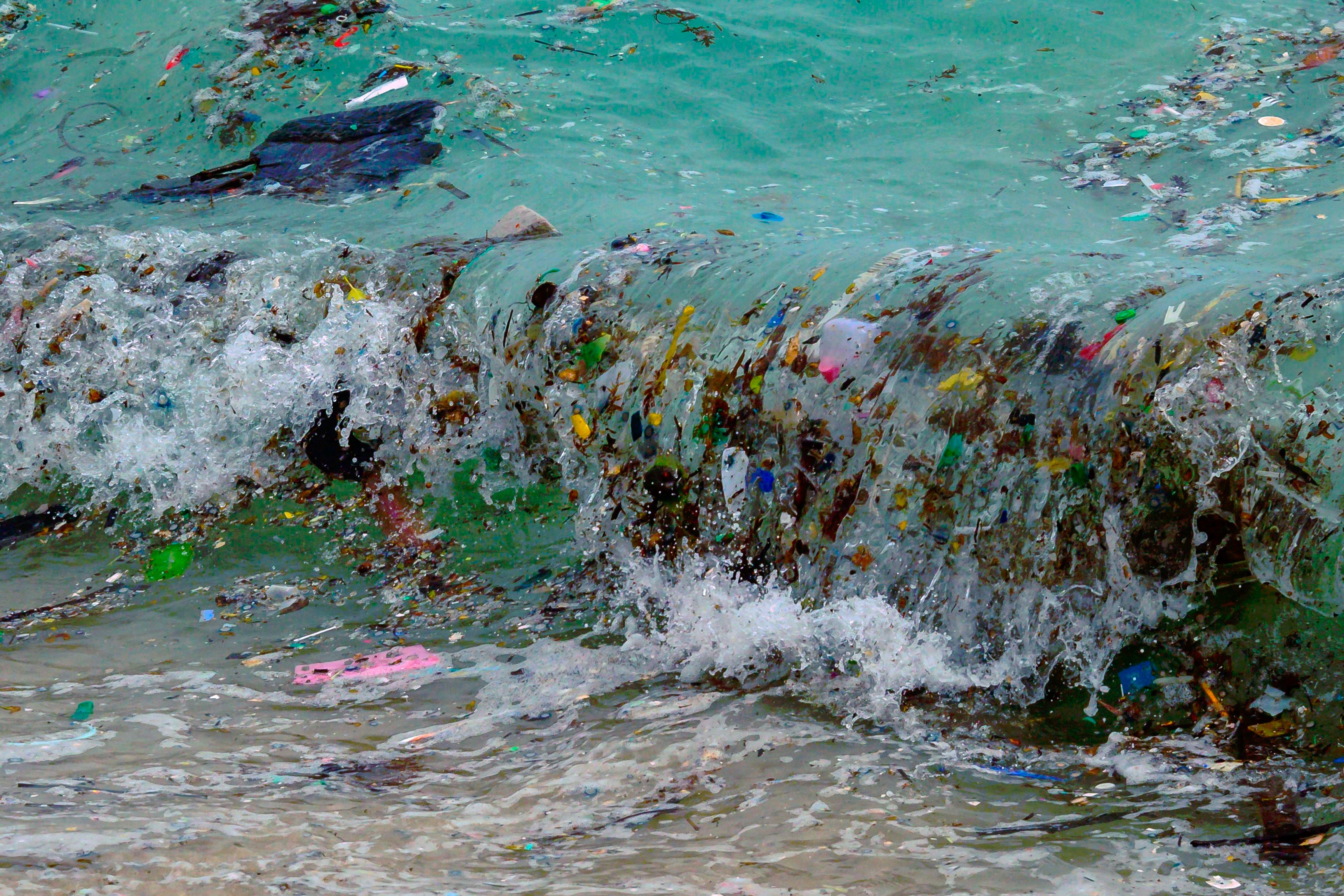Some 170 trillion pieces of plastic are floating on the planet’s oceans — and scientists revealed for the first time that it could take more than century for them sink or disappear, even if we stopped all plastic pollution today.
Plastic is extremely detrimental to both human and animal health, with minuscule particles known as micro- and nanoplastics found in arteries, brains and sexual organs. While doctors are still studying their effects, these fragments have been tied to cancer, diabetes, heart disease and changes in gut health.
The problem isn’t going away any time soon, Queen Mary University of London researchers warned in a new assessment Thursday.
“People often assume that plastic in the ocean just sinks or disappears. But our model shows that most large, buoyant plastics degrade slowly at the surface, fragmenting into smaller particles over decades,” Dr. Nan Wu, a researcher at the university, said in a release.
“These tiny fragments can then hitch a ride with marine snow to reach the ocean floor, but that process takes time. Even after 100 years, about 10 percent of the original plastic can still be found at the surface.”
Plastic that eventually sinks – and about 94 percent does – will persist for centuries.
“It could last potentially for eons, unless something evolves in that time to break down plastic in the very cold environment of the ocean,” Oceana senior scientist Dr. Kim Warner explained.
Although plastics on the surface break down when exposed by the sun or tossed by waves, what ends up on the ocean floor will more slowly degrade. Some plastics have chemicals that make them more resistant to those forces, according to NOAA.
The researchers said their findings show plastic pollution could overwhelm the ocean’s natural conveyor belt, crucial motion caused by deep ocean and surface currents that transports heat and nutrients around the world. However, further research is needed to understand how and what that could look like.
The U.S. creates vast amounts of global plastic pollution, producing 507 million tons of plastic each year, according to the Monterey Bay Aquarium. Globally, over 11 million tons of plastic pollution enter the ocean each year, an Ocean Conservancy report found.
And plastic pollution goes far beyond the ocean: it’s in rivers, streams, lakes — even the air we breathe.

To lessen the harms from plastic pollution, researchers have come up with mitigative strategies that reduce production and do a better job of tracking where it comes from.
Professor Kate Spencer, who was also involved in the study, said their findings confirm the longevity of the problem humans created.
It “tells us that microplastic pollution is an intergenerational problem and our grandchildren will still be trying to clean up our oceans even if we stop plastic pollution tomorrow,” she said.







